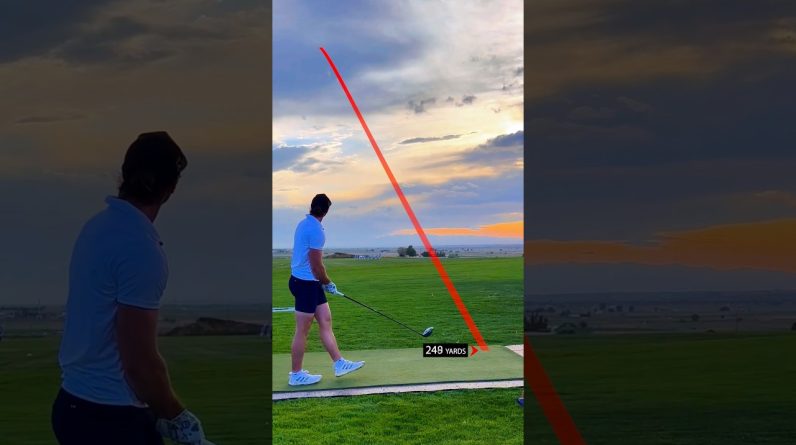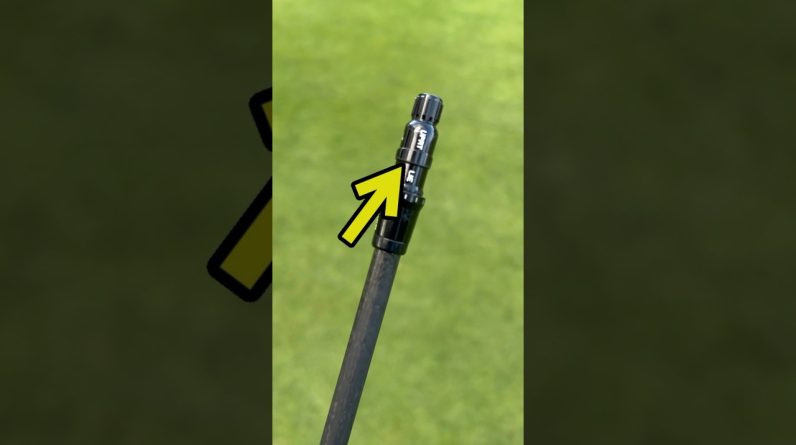I’ve Owned a Golf Simulator for 5 Years: My (Honest) Advice to Beginners
why Invest in a Golf Simulator? The benefits for Beginners
Owning a golf simulator opens up a world of convenience and practise opportunities that traditional golf courses can’t always provide. Here’s why investing in a golf simulator is a game-changer for beginners:
- Year-round practice: Rain or shine, day or night, work on your swing anytime.
- Cost-effective: Save money over time by reducing green fees and travel expenses.
- Immediate feedback: Advanced shot tracking and analytics improve your technique faster.
- Convenience: Practice at home without the need for lengthy trips to a course.
- Fun and engagement: Play virtual rounds on world-famous courses from your living room.
Choosing the Right Golf Simulator: What I learned After 5 Years
When I first bought my simulator, I made a few rookie mistakes—but I learned what really matters. Here are the key factors beginners should focus on when selecting their first golf simulator:
1. accuracy and Technology
Accuracy is critical for meaningful practice. Simulators use different technologies such as radar, infrared, and camera-based systems.I highly recommend choosing a system with high-fidelity ball flight data and club tracking. This ensures that shot distance, spin, and trajectory are reliable and improve your game effectively.
2. Space Requirements
Measure your designated space before purchase! Most golf simulators require at least:
| Dimension | Minimum Space Required |
|---|---|
| ceiling Height | 9 feet (2.7 meters) |
| width | 10-12 feet (3-3.6 meters) |
| Depth | 15 feet (4.5 meters) |
If space is tighter, look for portable or compact golf simulators designed for apartments or smaller rooms.
3.Software and Course Options
Software can make or break your simulator experience. I recommend picking a system that offers:
- Realistic course options including famous golf courses worldwide
- Practice ranges and skills challenges
- Regular updates and community features
For beginners,having fun while learning is important,so engaging software with multiplayer modes helps keep motivation high.
The Real Deal: Pros and Cons of Owning a Golf Simulator
| Pros | Cons |
|---|---|
| Practice anytime, regardless of weather | Initial setup cost can be high |
| Instant feedback to refine your swing | Requires a dedicated space in your home |
| Access to world-class golf courses virtually | Learning curve with technology and calibration |
| Great for socializing and friendly competitions | Some simulators have subscription fees for content |
My First-Hand Experience: What I Wish I Knew as a Beginner
Over the past five years, here’s what I’ve learned that could save you time, money, and frustration:
- Calibration is key: Spend time properly calibrating your simulator to your clubs and swing style. If not set correctly, you’ll get misleading data.
- Invest in quality mats and nets: A solid hitting mat protects your clubs and floor while a durable net ensures safety and reduces ball loss.
- Soundproofing helps: golf swings can get noisy indoors. Adding padding or acoustic panels makes your practice setup neighbor and family friendly.
- Breaks improve your game: Don’t try to spend hours nonstop. Frequent breaks help with focus and reduce fatigue.
- Join online communities: Forums and social groups dedicated to golf simulators teach tricks, setups, and creative uses.
Practical Tips to Maximize Your Golf Simulator Practice
Beginners frequently enough wonder how to structure simulator practice sessions for the best results. Here are actionable tips:
- Warm up: Start with short wedge shots before moving to longer clubs to avoid injury.
- Work on your short game: Use practice modes focused on chipping and putting, which are crucial for lowering scores.
- Analyze your stats: Focus on ball speed, launch angle, and spin rate to diagnose flaws and track progress.
- Set goals: For example, hit a specific fairway 80% of the time or improve putting accuracy.
- Simulate real rounds: Play virtual courses under pressure to build competitive skills and course management.
Case Study: How I Improved My Handicap Using a Golf Simulator
When I first started with my simulator, my handicap was around 18. Here’s how consistent simulator use helped me improve significantly over 5 years:
| Year | Practice Focus | Handicap Improvement |
|---|---|---|
| Year 1 | General swing and ball striking basics | 18 to 15 |
| Year 2-3 | Short game drills and putting practice | 15 to 12 |
| Year 4 | Course simulation and pressure practice | 12 to 8 |
| Year 5 | Video swing analysis and personalized coaching | 8 to 5 |
Consistency and specific practice goals made all the difference.If you commit to using your golf simulator regularly, expect real improvement.
Essential Accessories every Beginner Needs for Their Golf Simulator Setup
- High-quality hitting mat: mimics turf feel, protects equipment.
- Golf net and enclosure: Safe, keeps balls contained.
- launch monitor or sensor system: Core of shot tracking and feedback.
- Projector and screen setup: For immersive play experience.
- Tablet or dedicated computer: Runs simulation software smoothly.
- Comfortable seating and good lighting: For extended practice sessions.
Common Mistakes Beginners Make and How to Avoid Them
- Not verifying space before purchase: Leads to awkward, cramped setups or unusable installations.
- skipping maintenance: Clean sensors and calibrate often for sustained accuracy.
- Ignoring swing mechanics: Simulator helps identify flaws but doesn’t fix your swing — consider lessons.
- Overplaying without breaks: Causes burnout and minor injuries.
- Neglecting course management skills: Simulators are perfect for strategy training; don’t just hit balls endlessly.







